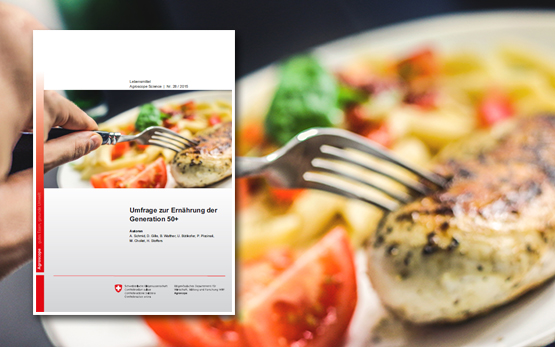Staphylococcus aureus is one of the most important pathogens causing mastitis in cattle, and it is responsible for economic losses in dairy herds worldwide. The PCR amplification of the 16S-23S rRNA intergenic spacer (ribosomal spacer PCR, RS-PCR) allows a rapid classification of the strains in genotypes and genotypic clusters (CL), which are characterized by different epidemiological and clinical properties. Both RS-PCR and multi-locus sequence typing (MLST) were performed on strains isolated from bovine bulk tank milk (BTM) collected from dairy herds located in the Lombardy region (northern Italy), to outline the distribution of Staph. aureus genotypes in this geographical area. Out of 844 examined samples, 398 were positive for Staph. aureus, with a variable count (cfu/mL) Up to 8 colonies from each sample were genotyped. A total of 1,101 Staph. aureus strains were analyzed with RS-PCR, and only a selection of them (n = 86), in relation to their frequency and geographical origin, underwent MLST. This study revealed 8 major genotypic clusters (CLB, CLC, CLR, CLS, CLI, CLF, CLAO, and CLZ), of which Staph. aureus CLB (29.3%) was the most common. Samples of BTM positive for CLB had a Staph. aureus cfu/mL count significantly higher than the non-CLB positive ones. Our MLST analysis showed genotypes already known as bovine-associated in literature, such as clonal complexes CC8, CC97, and CC151. The same selection of 86 strains was also analyzed for the presence of the adlb gene, which was recently proposed as a possible marker of contagiousness. Most Staph. aureus belonging to CLB or CC8 carried the adlb gene (85%), whereas this gene was detected in only 9% of non-CLB strains (CLAA, CLBI, CLBJ, CLS). In conclusion, the present study confirms that Staph. aureus CLB, which is recognized as a contagious genotype, is a particularly relevant agent of intramammary infection in dairy cows in Lombardy, and indirectly supports the idea that adlb can be a possible marker of contagiousness of isolates.






